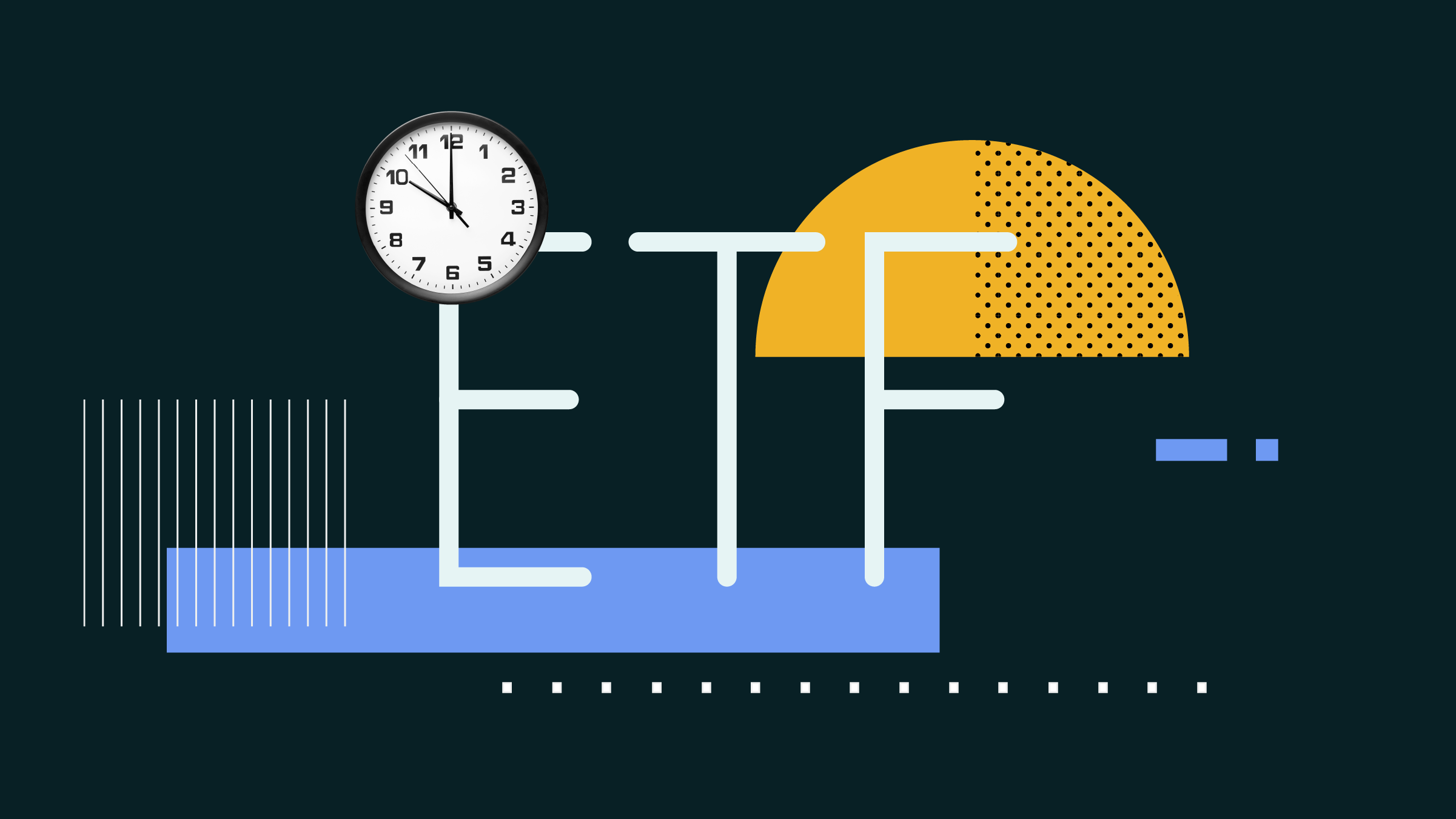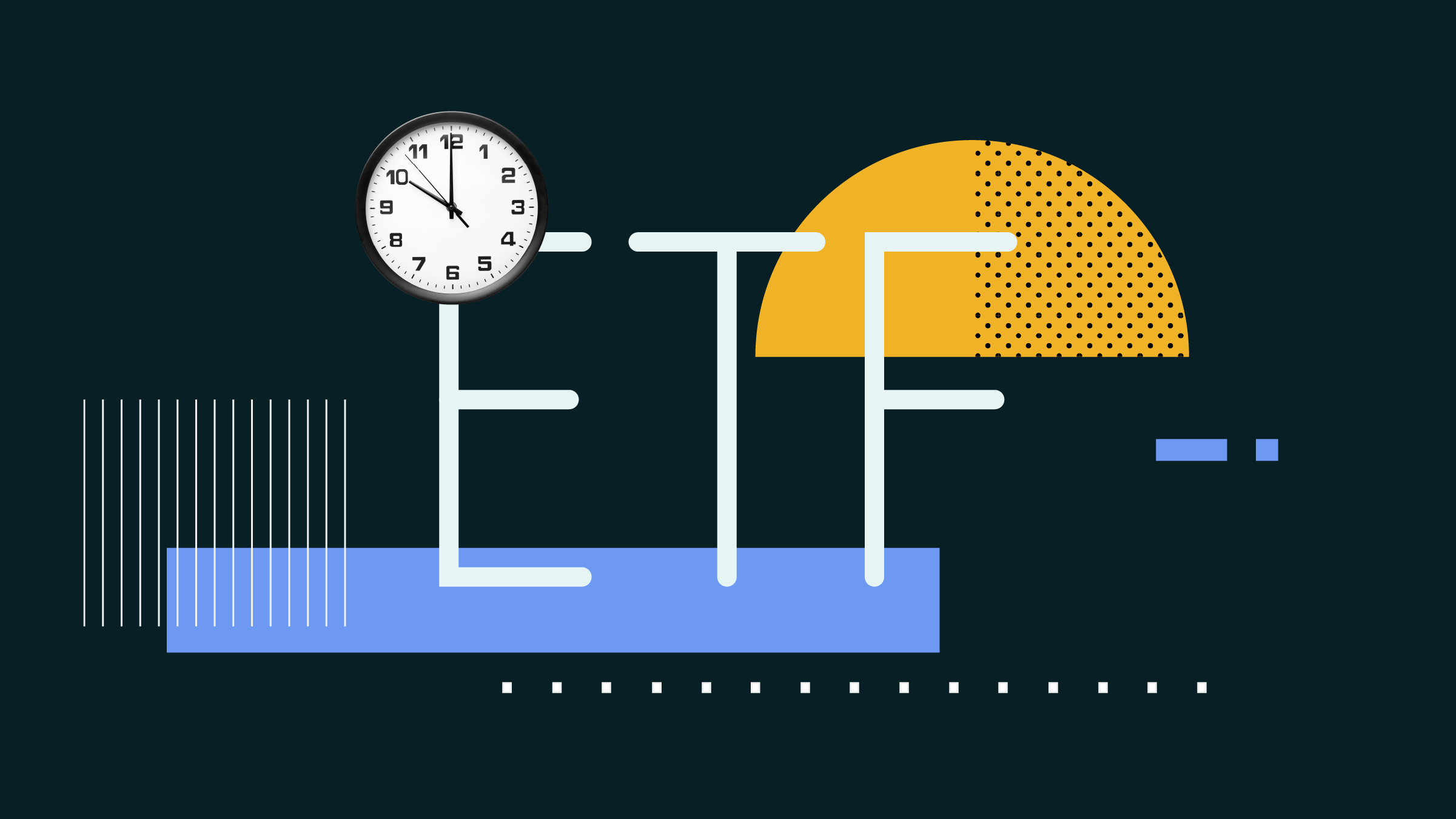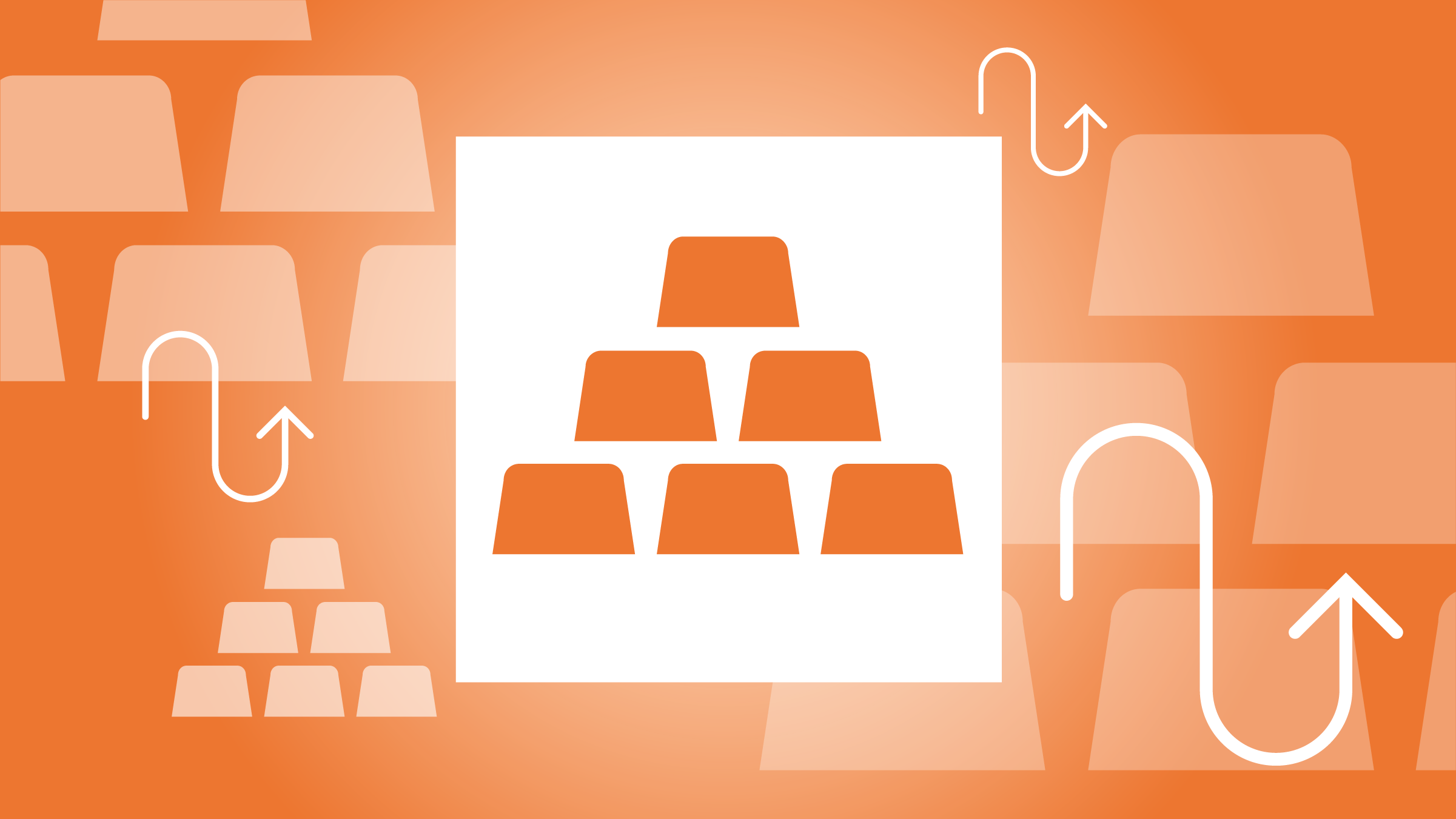Note: This article is part of Morningstar's March 2015 ETF Investing Week special report.
With the vast proliferation of exotic and niche ETFs over the past several years I've heard some investors claim that ETFs are just trading tools. Given the massive presence that funky ETFs occupy within the financial media (despite their small asset base), it's not surprising that some investors hold this misguided view.
But ETFs aren't just for gunslingers and in fact boast some attributes that make them ideal for retirement portfolios. Many have very low costs, of course, and the advent of commission-free trading on many ETF platforms is another plus. Low all-around costs are key for folks at all life stages but especially as retirement approaches, precisely when investors are sinking ever-larger shares of their portfolios into lower-returning fixed-income assets and cash.
True, the index-versus-active question may not be entirely settled. But I think it is safe to say that low-cost ETFs' expense edge will help them deliver competitive -- if not better -- returns versus the average active fund over time. And Morningstar research also indicates that ETFs have the edge over traditional mutual funds and even index mutual funds when it comes to tax efficiency. That's a valuable attribute already, but it could be even more beneficial if tax rates actually head up in the future.
Finally, because investors tend to be interested in many other activities besides overseeing their portfolios, ETFs' ease of use is a huge benefit. Nearly all ETFs track market benchmarks, so it's easy to assemble a portfolio that precisely mirrors your target asset allocation and to rebalance it when it gets out of whack. Without active managers in the mix, you won't have to worry about issues like management changes or the chance that an active bet will skew your portfolio in one direction or another. You can also readily assemble a well-diversified portfolio with very few individual ETFs -- a key advantage if you're looking to reduce your portfolio-monitoring time as well as the amount of paperwork flowing into your house.
With all of those benefits in mind, we put together some ETF-focused model portfolios for retirees and pre-retirees. This article showcases a moderate version for investors in their peak earning years. It's appropriate for risk-tolerant investors with a time horizon of about 10 years until retirement. Thus, stability and capital appreciation are key goals for this portfolio. (You can see our aggressive ETF model portfolio for young investors here, and our conservative ETF portfolio for retirees here.)
| Hypothetical portfolio for a mature adult in peak earning years | |||||
| Asset Class | Target Alloc. |
Fund Name | Ticker | Mgmt Fee |
|
 |
|||||
 |
|||||
| Canadian Stock | 15% | iShares S&P/TSX Capped Composite | XIC | 0.05 | |
| U.S. Stock | 20% | Vanguard U.S. Total Market Index | VUN | 0.15 | |
| International Stock | 15% | iShares Core MSCI EAFE IMI Index | XEF | 0.20 | |
| Emerging Markets Stock | 5% | Vanguard FTSE Emerging Markets Index | VEE | 0.23 | |
| Short-Term Fixed Inc | 15% | BMO Short Corporate Bond Index | ZCS | 0.12 | |
| Medium-Term Fixed Inc | 20% | Vanguard Aggregate Bond Index | VAB | 0.12 | |
| Global Fixed Income | 10% | BMO Mid-Term US IG Corporate Bond Index | ZIC | 0.25 | |
 |
|||||
| Weighted-average management fee of portfolio | 0.15 | ||||
 |
|||||
A total-return approach
This moderate ETF portfolio stakes 55% of its assets in stocks and holds the rest in bonds. Keep in mind that the portfolio is not set up to deliver a current income stream, though it definitely kicks off some income. Instead, the assumption is that investors will use a total-return approach and periodically shift some of their investment assets toward more conservative investments (including cash) as they approach retirement.
A reasonable question might be: Why include any bonds at all in these portfolios, given that the next few decades aren't likely to be as rosy for bonds as the past two decades have been? Stability is the key reason. Yes, stocks may well have better upside potential than bonds, but they also have a much higher probability of substantive volatility. For retirees who are actively tapping their portfolios to fund living expenses, it's wise for them to hold at least some of their portfolios in securities that won't exhibit such wide performance swings. Doing so will allow them to ride out the equity market's inevitable downdrafts. And even if interest rates tick up and crimp bond prices in the years ahead, long-term investors might still be able to earn positive returns.
In this model I use Vanguard Aggregate Bond Index VAB as the ballast of the portfolio. The fund provides very low-cost exposure to core intermediate-term investment-grade bonds. For access to the shorter end of the yield curve, the portfolio includes a position in BMO Short Corporate Bond Index ZCS. Focusing on corporate credits provides a higher yield. I rounded out the fixed income allocation with a position in BMO Mid-Term U.S. IG Corporate Bond Index ZIC. The idea here again is to tap into the higher yields offered by high-quality corporate bonds relative to government issues.
The main goal of the portfolio's equity allocation is capital appreciation. For the four equity asset classes outlined in the portfolio I tried to go with the most comprehensive and lowest cost passive options available. I decided to use non-currency-hedged ETFs for the U.S. and international stock allocations.
Over the long term currency fluctuations tend to net out, and the additional costs and tracking error associated with currency hedging are just a drag on performance, which is why I prefer unhedged versions when available. Given the investment horizon for this particular model portfolio, I've opted to avoid currency hedging, as there should be enough time for mean reversion in foreign exchange markets to run its course.
The role of cash
While not included in the model portfolio, a cash position is often required in order to fulfill investors' income needs. A cash stake can also improve the portfolio's overall risk/return characteristics. The amount of cash you hold will be highly dependent on your personal situation, including your spending needs, whether you're receiving income from other sources, and the size of your overall portfolio.
The traditional rule of thumb is for pre-retirees to keep at least six months' worth of living expenses in cash. But given ultralow yields on cash, investors might also consider building a two-part short-term fund composed of true cash (money markets and GICs) as well as a high-quality short-term bond fund.
No such thing as "one-size-fits-all"
There is nothing scientific or written in stone here. Target allocations will obviously vary. Some investors may prefer further simplification by using global ETFs that allow them to reduce the number of funds required to build a broadly diversified portfolio. Others may prefer more granularity (thematic, sector, strategic beta, etc.) and rebalancing flexibility with their portfolios.



















